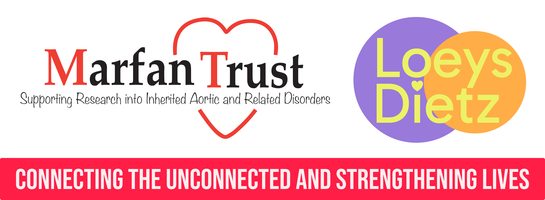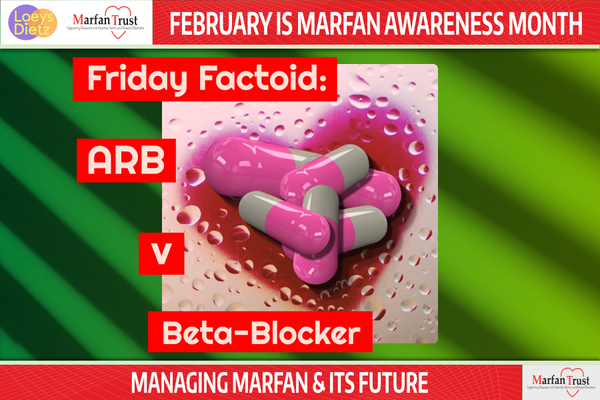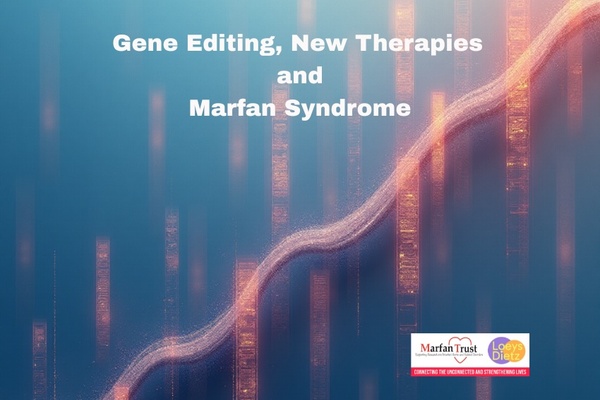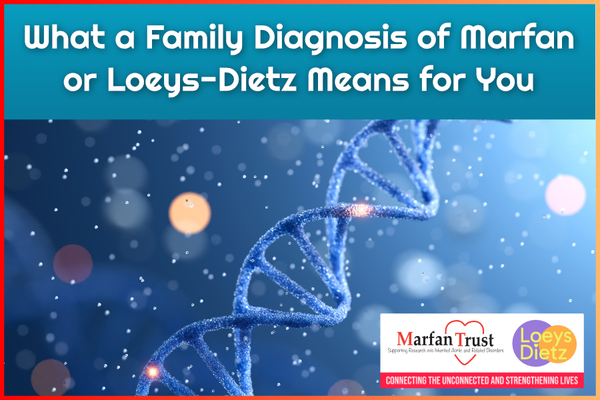The constant threat of a slowly dilating aorta in Marfan syndrome can be controlled and curtailed by medication. Some medications work separately, whilst others are stronger together.
Angiotensin receptor blockers (ARBs) and Beta Blockers are two important groups of medication that are proven to reduce aortic enlargement in patients with Marfan syndrome. What’s the difference?
ARBs work by blocking receptors that the hormone acts on, specifically AT1 receptors, which are found in the heart, blood vessels and kidneys. Blocking the action of angiotensin II helps to lower blood pressure and prevent damage to the heart and kidneys.
Beta-blockers cause the heart to beat more slowly and with less force. This lowers blood pressure. Beta blockers also help widen veins and arteries to improve blood flow.
Dr Alex Pitcher’s recent webinar showed that ARBs have been shown to reduce the rate of aortic growth by half (studies are in patients with no previous aortic surgery). This seems to be an effect IN ADDITION to the effect of beta blockers.
His current practice is to aim for his patients with Marfan syndrome to be taking both medications. The dosages can be built up over time and these medications can be taken by children and adults.
Beta blockers e.g. atenolol, bisoprolol, propanolol
Angiotensin receptor blockers e.g. irbesartan, losartan









